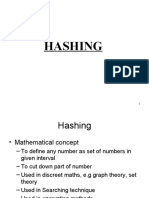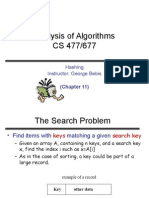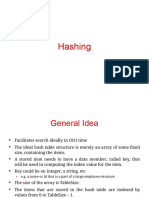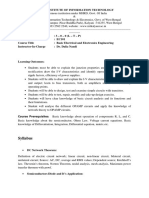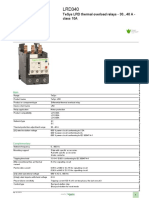0% found this document useful (0 votes)
24 views28 pages06 - APS - Hash Table
The document provides an overview of hash tables, detailing their structure, advantages, and methods for resolving collisions. It discusses hash functions, including division and multiplication methods, and techniques for collision resolution such as chaining and open addressing. Additionally, it covers probing strategies like linear, quadratic, and double hashing, along with their respective implementations and complexities.
Uploaded by
kgztjmqsssCopyright
© © All Rights Reserved
We take content rights seriously. If you suspect this is your content, claim it here.
Available Formats
Download as PDF, TXT or read online on Scribd
0% found this document useful (0 votes)
24 views28 pages06 - APS - Hash Table
The document provides an overview of hash tables, detailing their structure, advantages, and methods for resolving collisions. It discusses hash functions, including division and multiplication methods, and techniques for collision resolution such as chaining and open addressing. Additionally, it covers probing strategies like linear, quadratic, and double hashing, along with their respective implementations and complexities.
Uploaded by
kgztjmqsssCopyright
© © All Rights Reserved
We take content rights seriously. If you suspect this is your content, claim it here.
Available Formats
Download as PDF, TXT or read online on Scribd
/ 28










